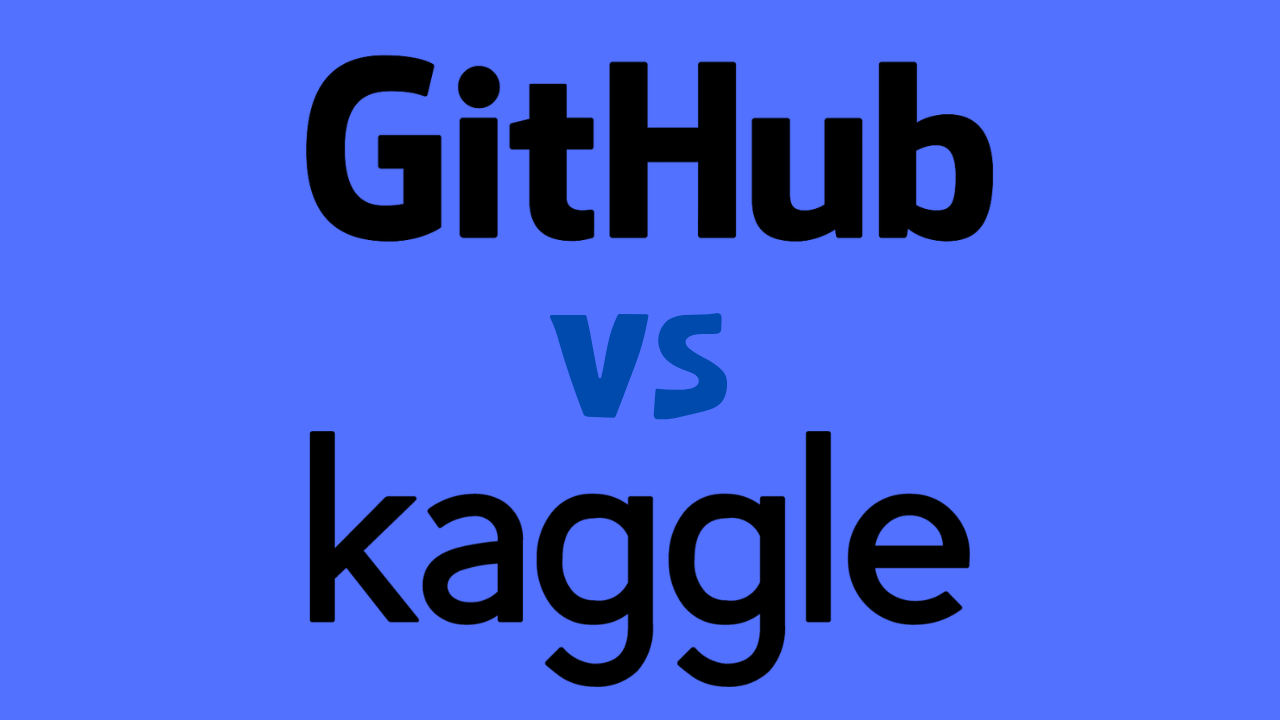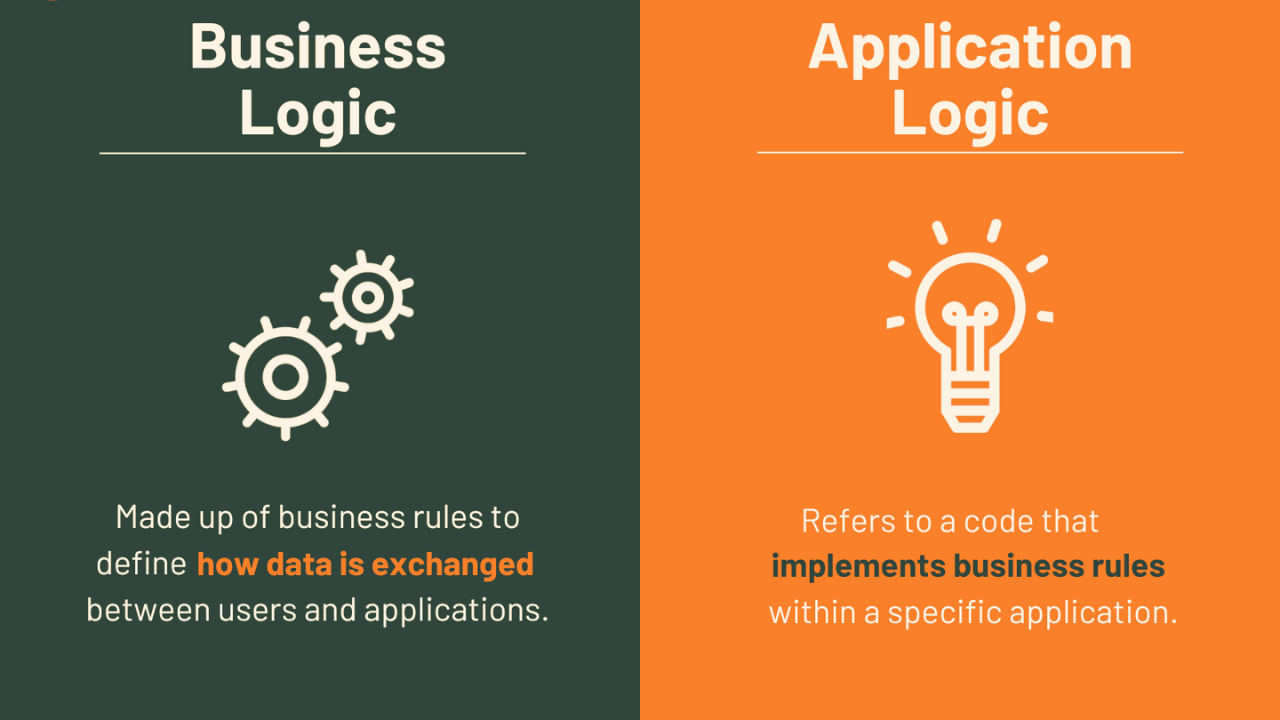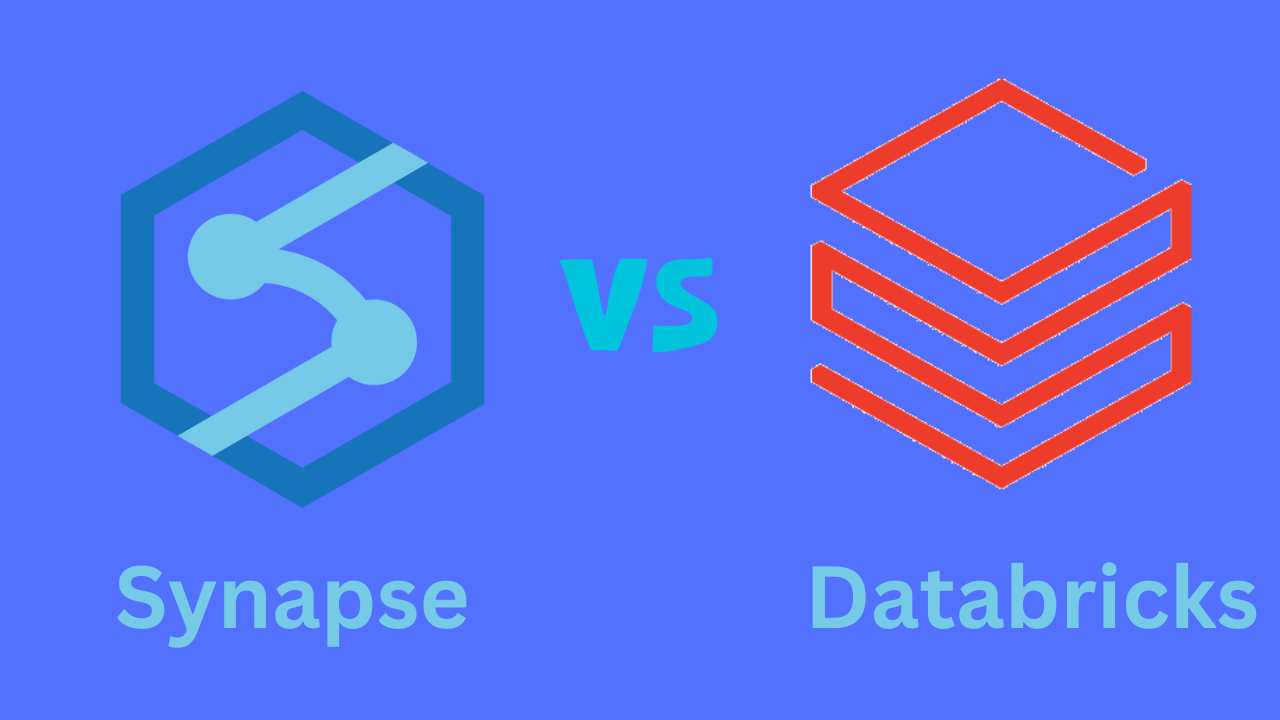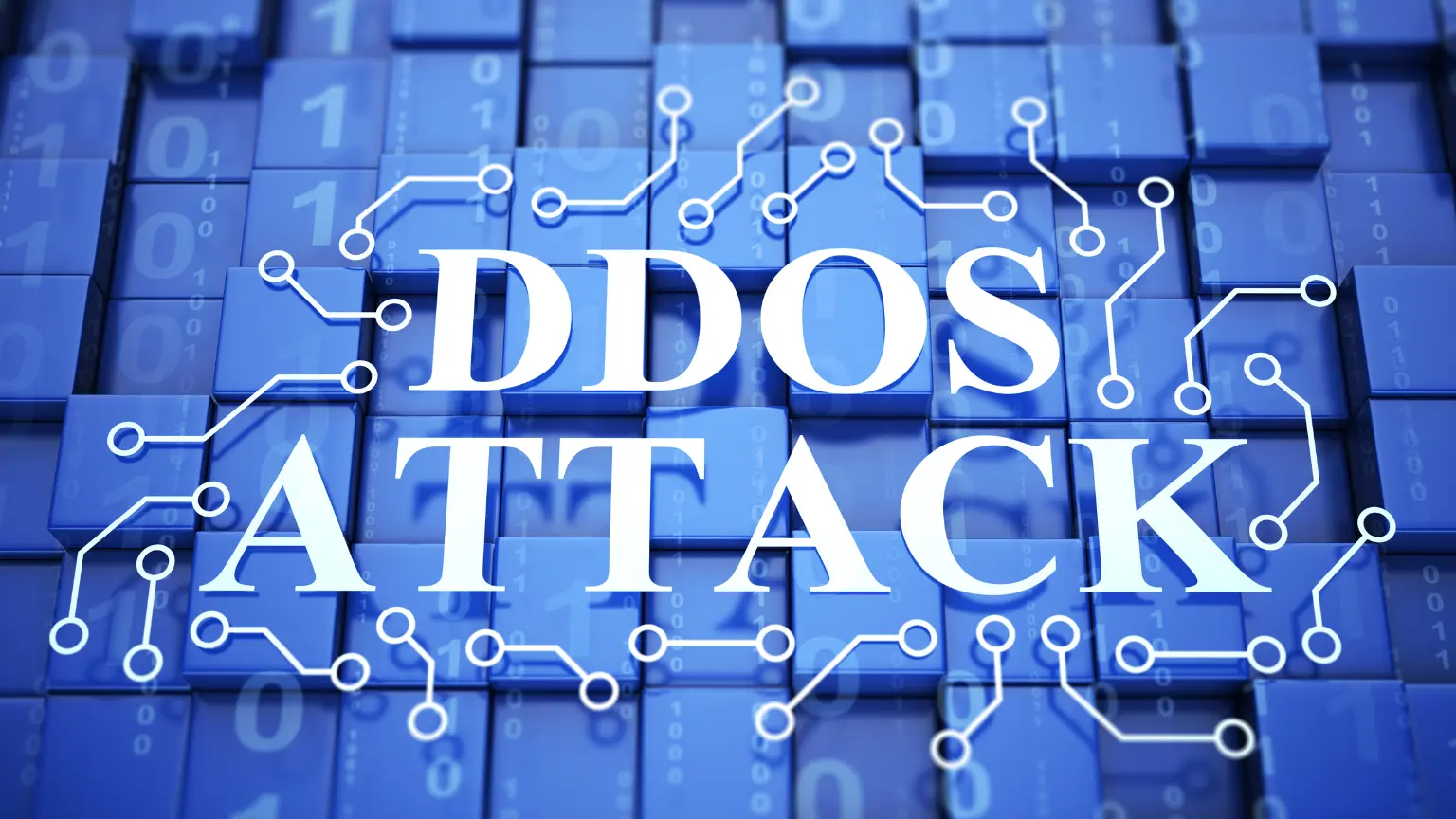Defense in depth and layered security are two important concepts in the field of cybersecurity. While they share some similarities, they are distinct approaches to security that can be used to protect your IT resources. Defense in depth is a comprehensive security strategy that involves multiple layers of defense, each designed to protect against a different type of threat. Layered security, on the other hand, involves the use of multiple types of security measures, each protecting against a different vector for attack.
In this blog, we will explore the key differences between Defense in Depth vs Layered Security, as well as the benefits and drawbacks of each approach. By understanding these concepts, you can make informed decisions about how to best protect your organization from cyber threats.
Understanding Defense in Depth
Explanation of Defense in Depth:
Defense in Depth is a comprehensive security strategy that involves multiple layers of defense, each designed to protect against a different type of threat. It is a layer-by-layer approach to security, emphasizing multiple lines of defense.
Components of Defense in Depth:
The components of Defense in Depth include physical security, perimeter security, network security, application security, and user access controls. Each of these components plays a critical role in protecting an organization’s IT resources.
Physical Security:
Physical security involves securing the physical assets of an organization, such as buildings, servers, and other hardware. This includes measures such as access controls, surveillance cameras, and security guards.

Perimeter Security:
Perimeter security involves securing the boundaries of an organization’s network, such as firewalls, intrusion detection systems, and other security measures that prevent unauthorized access.
Network Security:
Network security involves securing an organization’s network infrastructure, such as routers, switches, and other network devices. This includes measures such as encryption, virtual private networks (VPNs), and intrusion prevention systems.
Application Security:
Application security involves securing an organization’s software applications, such as web applications and mobile apps. This includes measures such as code reviews, vulnerability assessments, and penetration testing.
User Access Controls:
User access controls involve managing user access to an organization’s IT resources, such as user accounts, passwords, and permissions. This includes measures such as two-factor authentication, role-based access control, and password policies.
Benefits of Defense in Depth:
The benefits of Defense in Depth include mitigation of various types of threats, resilience against evolving attack methods, and protection of critical assets from multiple angles. By implementing multiple layers of defense, an organization can better protect itself from cyber threats and minimize the impact of any security breaches.
Exploring Layered Security
Components of Layered Security:
The components of Layered Security include firewalls and intrusion detection systems, antivirus and anti-malware software, encryption and data protection, and user training and awareness programs. Each of these components plays a critical role in protecting an organization’s IT resources.
Firewalls and Intrusion Detection Systems:
Firewalls and intrusion detection systems are designed to prevent unauthorized access to an organization’s network. They monitor network traffic and block any suspicious activity.
Antivirus and Anti-Malware Software:
Antivirus and anti-malware software are designed to detect and remove malicious software from an organization’s IT resources. They scan files and applications for known threats and block any suspicious activity.
Encryption and Data Protection:
Encryption and data protection are designed to protect an organization’s sensitive data from unauthorized access. They use encryption algorithms to scramble data and prevent it from being read by unauthorized users.
User Training and Awareness Programs:
User training and awareness programs are designed to educate employees about cyber threats and how to protect against them. They teach employees about best practices for password management, email security, and safe browsing habits.
Advantages of Layered Security:
The advantages of Layered Security include comprehensive coverage against a wide range of threats, reduced reliance on a single security measure, and enhanced adaptability to emerging cyber threats. By implementing multiple layers of defense, an organization can better protect itself from cyber threats and minimize the impact of any security breaches.
API’s For Dummies – Your Ultimate Guide for 2023!
Decision-making guidelines for selecting the appropriate strategy:
When selecting the appropriate security strategy, it is important to follow these decision-making guidelines:
Clear Understanding of Organizational Needs and Priorities:
It is important to have a clear understanding of an organization’s needs and priorities when selecting a security strategy. This involves identifying the organization’s critical assets, assessing the potential impact of security breaches, and understanding the organization’s risk tolerance.
Collaboration between IT and Security Teams:
Collaboration between IT and security teams is essential when selecting a security strategy. IT teams can provide valuable insights into the organization’s IT infrastructure, while security teams can provide expertise in identifying and mitigating cyber threats.
Regular Risk Assessment and Threat Analysis:
Regular risk assessment and threat analysis are critical components of selecting a security strategy. This involves identifying potential threats and vulnerabilities, assessing the likelihood and impact of security breaches, and developing strategies to mitigate these risks.
Flexibility to Adjust Strategies as Threats Evolve:
It is important to have flexibility to adjust security strategies as threats evolve. Cyber threats are constantly evolving, and security strategies must be able to adapt to these changes. This involves regularly reviewing and updating security policies and procedures, as well as implementing new security technologies and measures as needed.
Conclusion
To recap, Defense in Depth is a comprehensive security strategy that involves multiple layers of defense, each designed to protect against a different type of threat. Layered security, on the other hand, involves the integration of various security solutions and measures to protect against cyber threats.
It is important to recognize the dynamic and evolving nature of cybersecurity. Cyber threats are constantly evolving, and security strategies must be able to adapt to these changes. This emphasizes the importance of continuous evaluation and improvement of security strategies in the ever-changing threat landscape.
Continuous Delivery Tools: The Key to Modern Software Development
FAQs About Defense in Depth vs Layered Security
What are the three types of defense in depth?
Regarding defense in depth, a conceptual approach organizes defensive components into three primary classifications: administrative controls, physical controls, and technical controls.
What are the different types of defense in security?
Diverse categories of security defense models exist, encompassing prevention, detection, response, network defense, and host defense. Grasping the nuances of each category assists organizations in selecting the most suitable model to align with their distinct requirements.
What are the 4 C’s security?
The following quartet comprises Code security, Container security, Cluster security, and Cloud security.

















